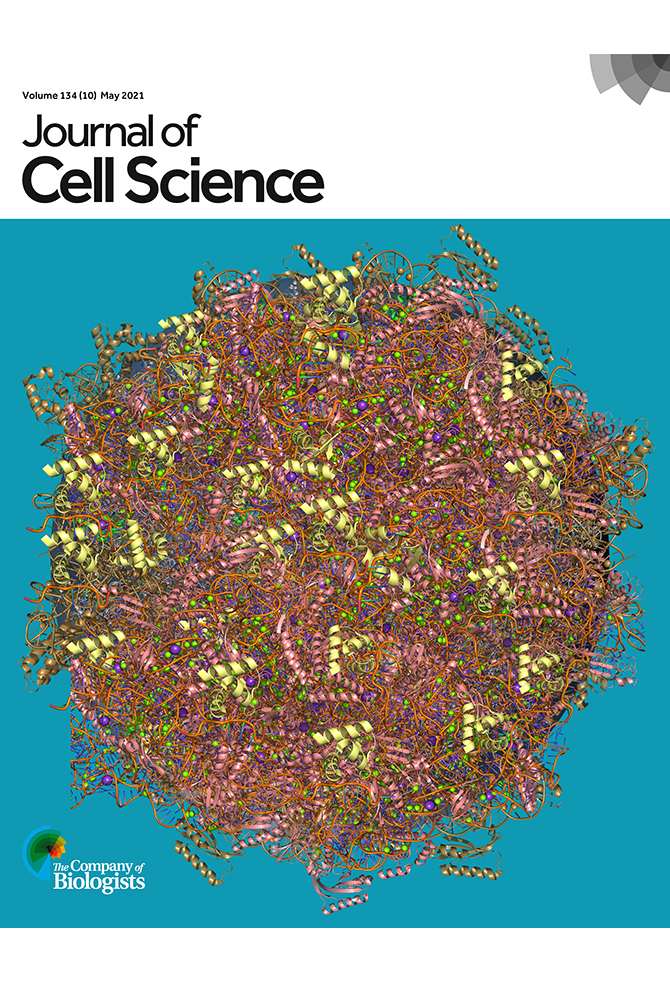J Cell Sci. 2021 May 15;134(10):jcs258603. doi: 10.1242/jcs.258603. Epub 2021 May 24.
Sandrine Pizette 1, Tamás Matusek 1, Bram Herpers 2, Pascal P Thérond 1, Catherine Rabouille 2 3 4
Affiliations
1 Université Côte d’Azur, Centre National de la Recherche Scientifique (CNRS), Inserm, Institute of Biology-Valrose (iBV), 06108 Nice Cedex 2, France.
2 Section Cell Biology, Center for Molecular Medicine, University Medical Center Utrecht, 3584 CX Utrecht, The Netherlands.
3 Hubrecht Institute/KNAW [Koninklijke Nederlandsee Akademie van Wetenschap (Dutch Royal Academy of Sciences)] and UMC Utrecht, 3584 CT Utrecht, The Netherlands.
4 Biological Sciences of Cells and Systems (BSBC) Department, UMC Groningen, 9713 AV Groningen, The Netherlands.
Abstract
In metazoans, tissue growth and patterning is partly controlled by the Hedgehog (Hh) morphogen. Using immuno-electron microscopy on Drosophila wing imaginal discs, we identified a cellular structure, the Hherisomes, which contain the majority of intracellular Hh. Hherisomes are recycling tubular endosomes, and their formation is specifically boosted by overexpression of Hh. Expression of Rab11, a small GTPase involved in recycling endosomes, boosts the size of Hherisomes and their Hh concentration. Conversely, increased expression of the transporter Dispatched, a regulator of Hh secretion, leads to their clearance. We show that increasing Hh density in Hherisomes through Rab11 overexpression enhances both the level of Hh signaling and disc pouch growth, whereas Dispatched overexpression decreases high-level Hh signaling and growth. We propose that, upon secretion, a pool of Hh triggers low-level signaling, whereas a second pool of Hh is endocytosed and recycled through Hherisomes to stimulate high-level signaling and disc pouch growth. Altogether, our data indicate that Hherisomes are required to sustain physiological Hh activity necessary for patterning and tissue growth in the wing disc.
PMID: 34028543
DOI: 10.1242/jcs.258603

